Hello. This is Unframed.
“Wow! You have been blessed with so much beautiful hair,” my mom would say to me every single time I sat in her chair for a haircut. I discounted her beautician’s flattery as obsequious. I regretfully dismissed so many of her repeated phrases or stories as if they were the same deck of cards shuffled over and over, but that’s a story for another day.
The hair on our heads provide protection from the sun and cold and seem to provide no other purpose. However, whether on your head or on your face, hair can actually be a powerful communicator. It tells a story, your story about who you are.
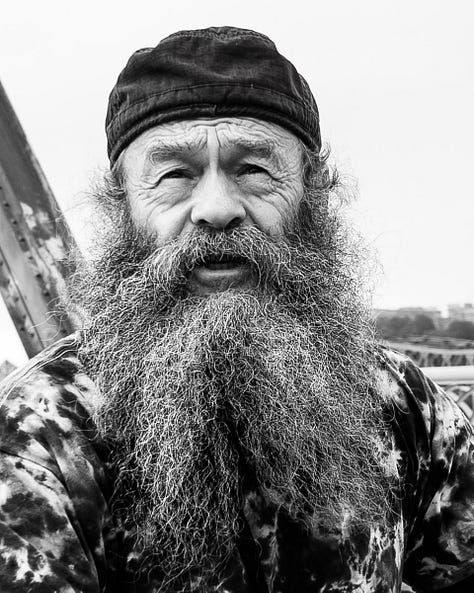
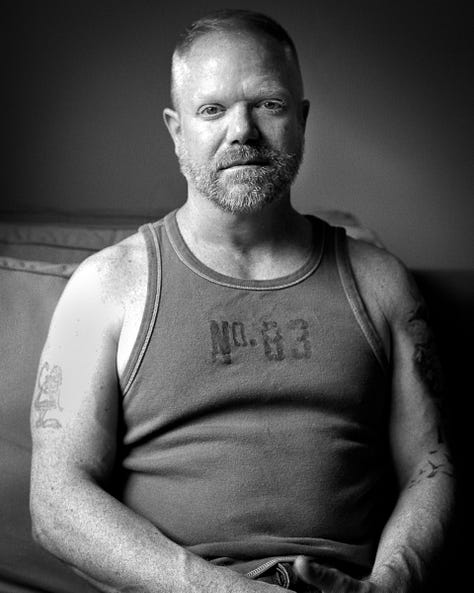

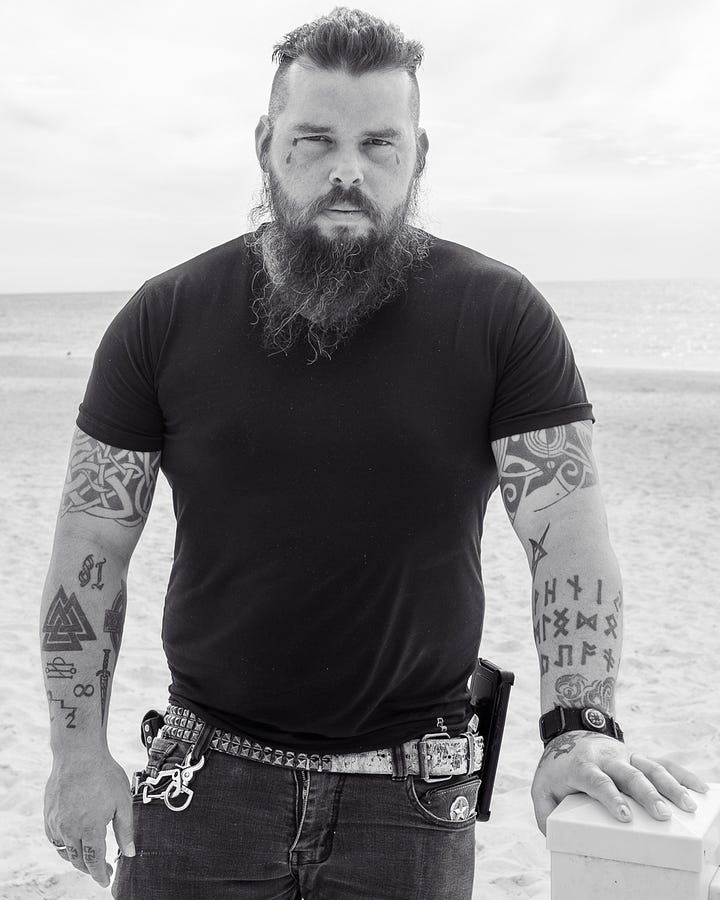
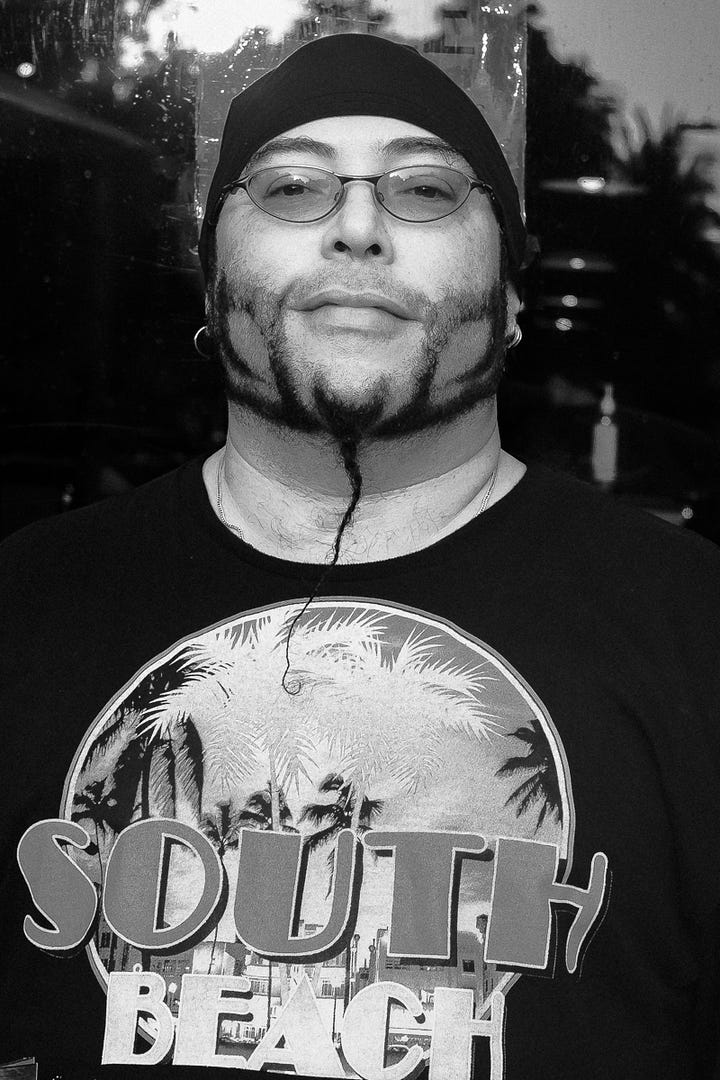
My own personal mop gives away my genealogy. Both of my parents had full heads of hair until their late 80s. Like me, the individual strands of my parents’ hair were not thick but voluminous. They lay lusciously and heavily like geological rock formations, especially my father’s. His hair undulated, like his temperament. Though I did watch his salt and pepper hair suffer in those latter years. It begun to lay flat and rolled out, like an old carpet or a surfer’s wave, flatlined after midnight.
Mom’s hair never fell out during the last year of her life, but because she could no longer tend to it every Saturday, it was un-styled for the first time since I can remember. By November of 2018, she had gone 300 days with no coiffure, no pin curls and no rollers. Seeing her without her classic “do”, always felt like a small shock when I’d visit. When I remembered her though, I always picture her in my mind with her trademark beautician’s coiffure—a testament to her strong-will, reserved nature, and propensity for order.
I’ve been absentmindedly or perhaps meditatively cleaning up after my fallen hair strands for longer than I can remember; from between my fingers, off my shirts, from the bathroom sink, from the shower basin catch, from my hair ties, from the brush, from the toothbrush, wedged between my dog’s teeth, from the door jamb, the list goes on. Giving credit where credit is due, I do responsibly try to clean them up as promptly as possible. I recognize the burden they carry for my spouse, who is kind enough never to complain about it.
The last few days, the meditative state has broken and I’ve become more aware of the astounding number of my locks in more places. I’ve noticed that each one lost seems to be systematically and dutifully replaced with five more—a miracle that astounds me. While I have spoken to women who hate me for this, I recognize that all this time, I’ve discounted so many of my strands of hair, not recognizing their whimsical appearances and the way they’re reflecting something almost mysterious about my DNA.
I got the usual cut and color last week, even though I wanted a major style change. That desire for major change happens when life shifts happen. This life shift of mine seems to foreshadow a precipice of another grand awakening—another growth on the rose of life. I’m standing poised, I think, facing a port of entry of my actualized self, hopeful for a life that is joyous and easy without the intermittent overwhelm or at least, one I can muscle through without feeling drained.
At the same time, something or someone is turning up the volume in the other room, asking me to return to the meditative state of picking up my strands of hair. It tells me to stand guard, stay “in the armor”1 and accept the unpredictable uncertainty of this challenging planet. Which viewpoint do I embrace? I’ll ask myself that again when I return to the salon.
from Death & Birds: “…my psyche will dress me in armour to prevent the incoming. It’s heavy, and it’s cumbersome, but it works. The issue, of course, is that the armour cannot distinguish between beauty and pain. It turns the volume of life down, indiscriminately. When my time comes, I want Death to proudly put its arm around me and walk me out of this world saying, ‘Wow, you poured yourself into that…’ and so, I must surrender these defences”.
"Inspiration arrives like a passing shadow, momentarily illuminating thoughts we had yet to fully understand. These reflections—whether captured in verse, essay, or prose—are fragments of that light, moments framed by the mind’s lens and the quiet whispers that stir a pause."
All photos ©www.juliettemansour.com







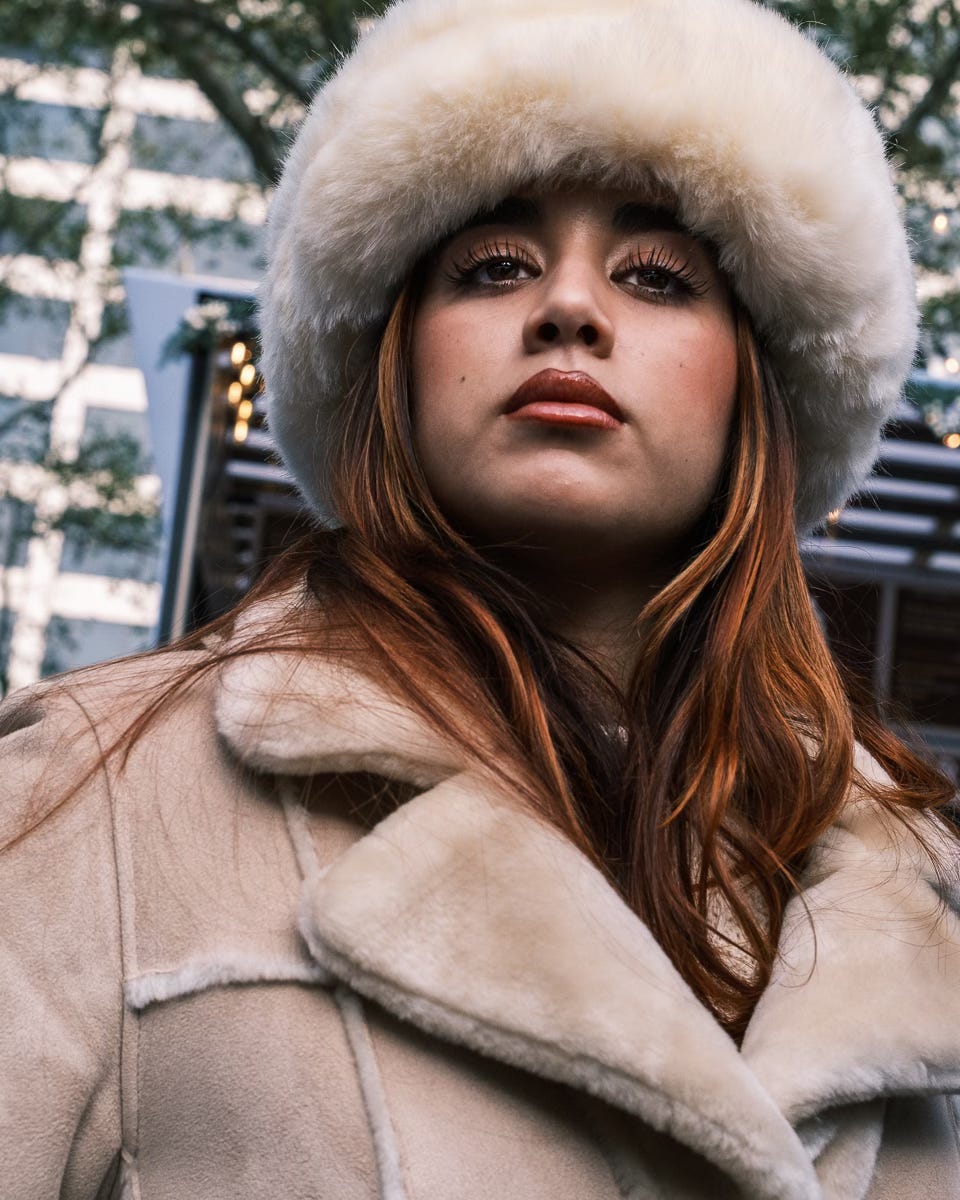
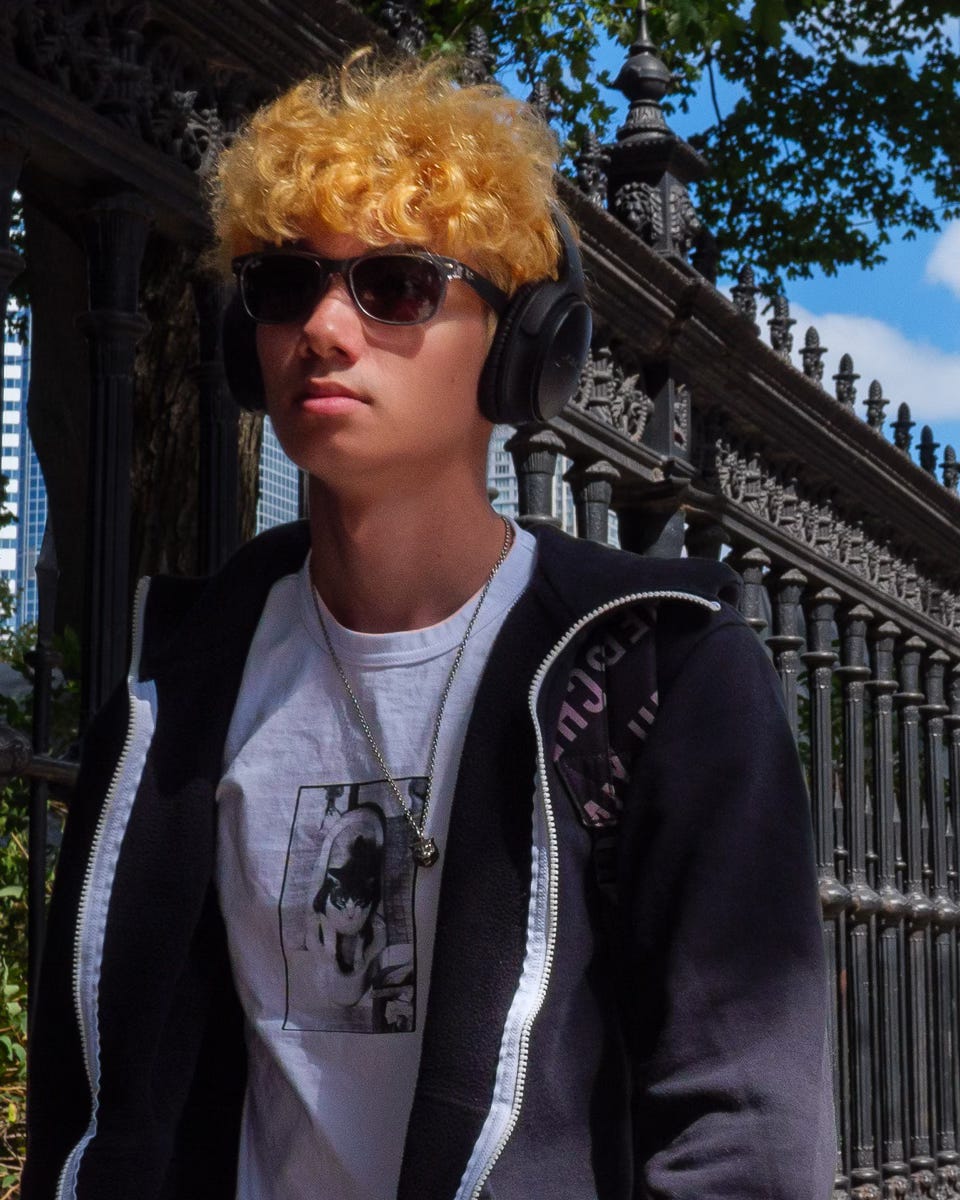
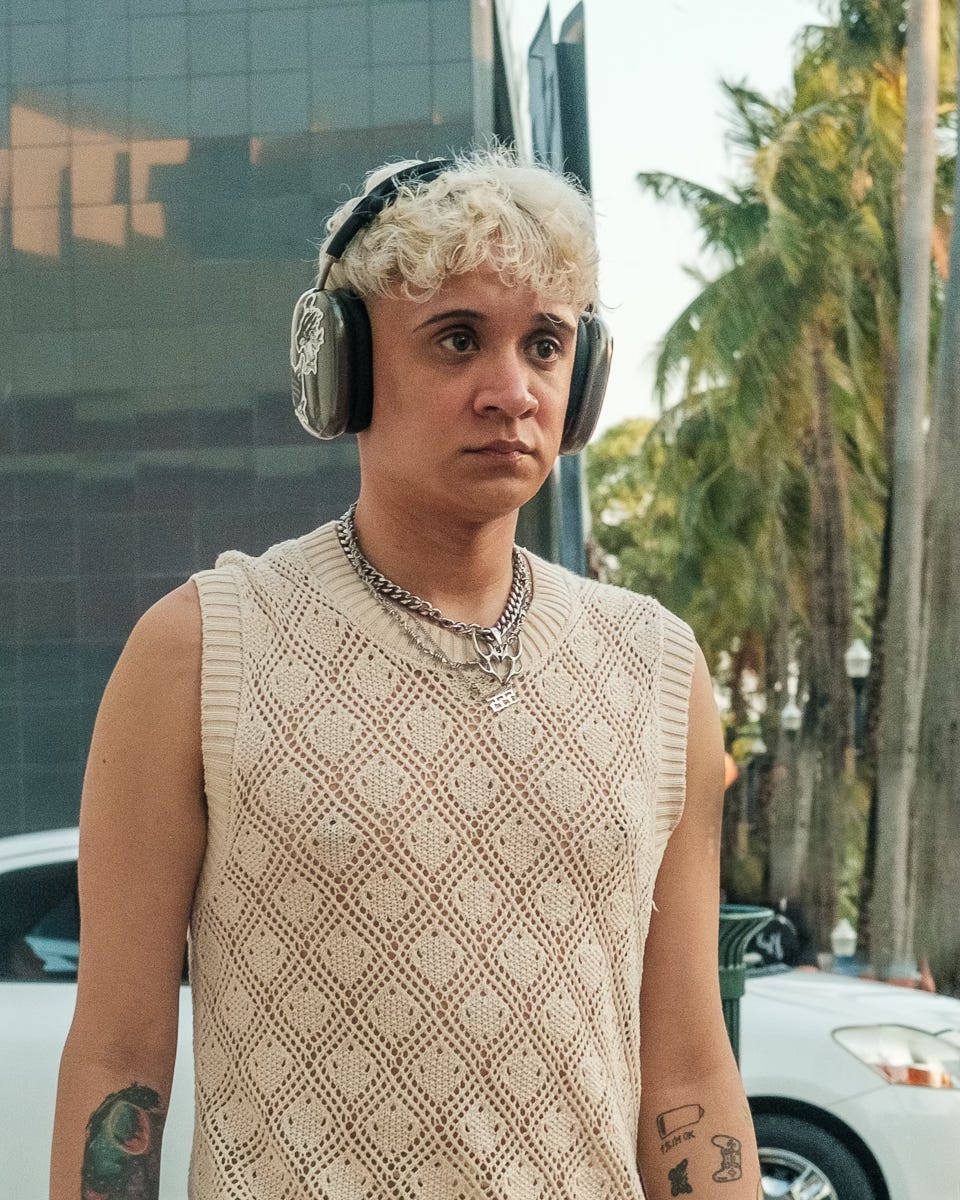
Wonderful portraits! Great idea to use hair as a unifying theme.
Love these images. Great personality on the portraits